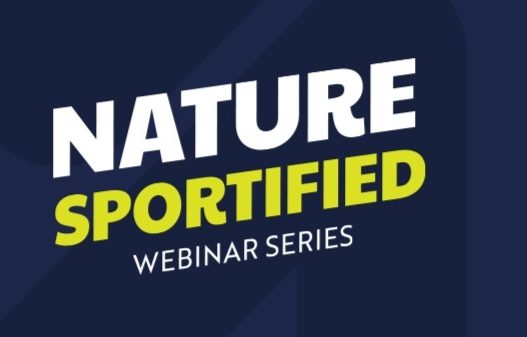Sports for Nature launched its latest resource, the Urban Playbook, with a ‘Nature Sportified’ webinar showcasing how three city-based sports organisations are embedding nature protection and conservation into their sustainability strategies.
Despite varying levels of control over their venues, Andrew Wayro (All England Lawn Tennis Club), Danielle Doza (Cleveland Cavaliers) and Nico Briskorn (VfL Wolfsburg) each shared practical, locally rooted approaches to supporting nature in urban environments.
At the All England Lawn Tennis Club (AELTC), host of the iconic Wimbledon Championships, nature is “considered at the outset” of every development project. This commitment aligns with the tournament’s long-standing “tennis in an English garden” identity.
While Wayro acknowledged that high-performance grass courts “aren’t the most nature-friendly”, the club has been enhancing biodiversity throughout the surrounding grounds. For example, the redevelopment of its community sports centre includes a built-in biodiversity net gain, turning a flood-prone field into a vibrant mix of ponds and wildflower meadows.
Education is another core pillar of AELTC’s nature work. Through “meet the experts” sessions, a year-round community programme, and practical take-home guides, the club is helping residents and visitors create their own nature-based projects at home.
In Cleveland, Doza explained that the Cavaliers’ Rocket Mortgage FieldHouse sits in a densely built-up area with minimal green space, but that hasn’t stopped the team from taking meaningful nature-positive action.
For every three-point shot made during the regular season, the Cavaliers plant a tree in Northeast Ohio in partnership with the Davey Tree Trust. More than 660 trees are projected for the coming year. Crucially, the club prioritises planting in areas where trees are most likely to thrive, including metro parks and regional arboretums.
To reduce bird strikes on the arena’s glass walls, the club installed BirdDivert film, leading to a significant drop in collisions. The team also partners with Cleveland Metroparks to expand access to nature, and their new riverside training facility will incorporate native plantings, stormwater management, and improved river access.
Staff-led volunteer activities, like beach cleanups and kayaking trash pickups, further connect the organisation with local ecosystems.
German Bundesliga club VfL Wolfsburg owns both its men’s and women’s stadiums and training facilities, which are situated in a biodiverse urban recreational area. In 2021, the club commissioned a biodiversity impacts and dependencies assessment by three independent experts, resulting in a traffic light-style evaluation and tailored action plan.
The response has been both practical and strategic. Measures include planting wildflowers near training grounds, installing bird boxes, building a vegetable garden for team chefs and improving green space maintenance. Looking ahead, the club aims to complete 25 biodiversity-focused measures by 2030 – including green roofs, unsealing paved areas and planting native species around facilities.
Kicking off the webinar, Russell Galt, Head of Science and Natural Capital at Nature Broking and author of the Urban Playbook, reminded participants that although cities cover just 3% of the Earth’s surface, they consume over 75% of global natural resources, generate 80% of greenhouse gas emissions and are highly vulnerable to environmental risks.
Nature-based solutions, he argued, offer a cost-effective and elegant way to respond to these challenges – and sport is uniquely positioned to lead. With its global reach, local roots and cultural influence, sport can help regenerate urban environments through its infrastructure, events, and community connections.
A review of 56 case studies for the Urban Playbook found seven ways urban nature benefits sport: cooling venues, protecting infrastructure, improving health and performance, beautifying fan experiences, enhancing mental resilience, building stronger communities and increasing both resilience and economic value.
You can access the Urban Playbook here.
Topics
Education & Communications
Nature protection
Nature restoration
Urban
